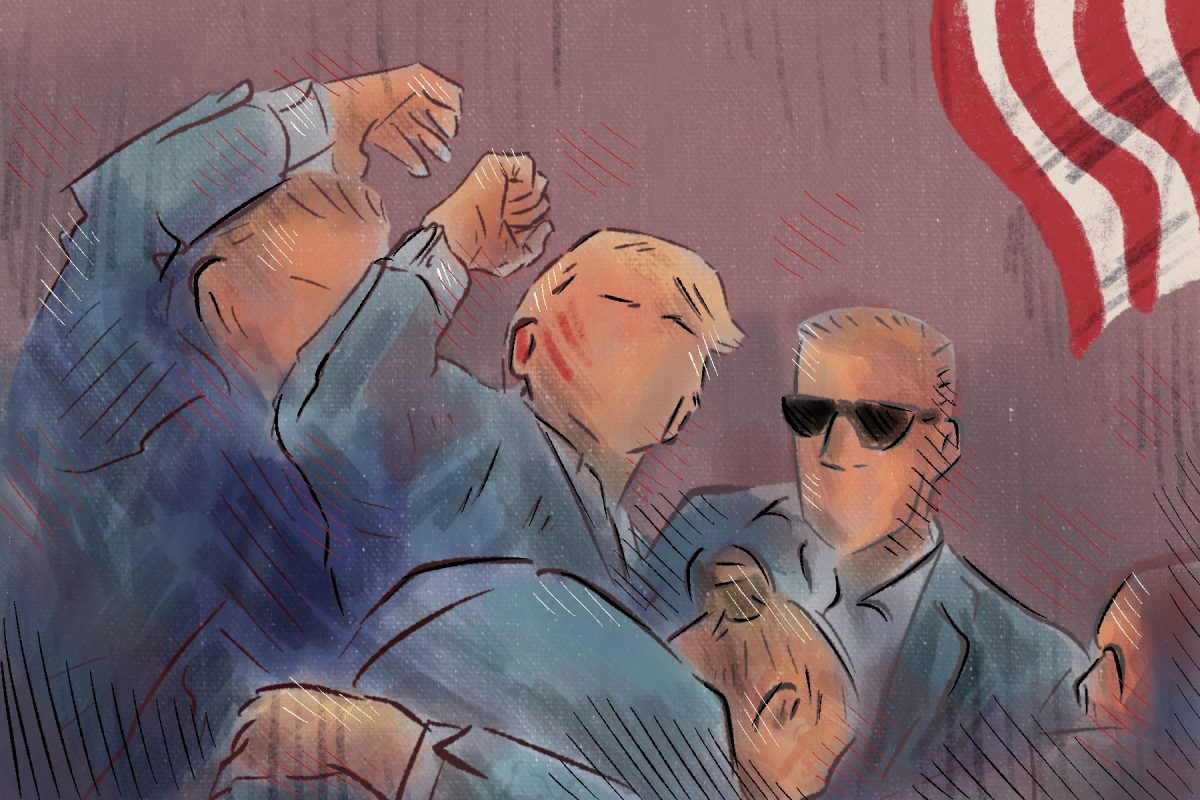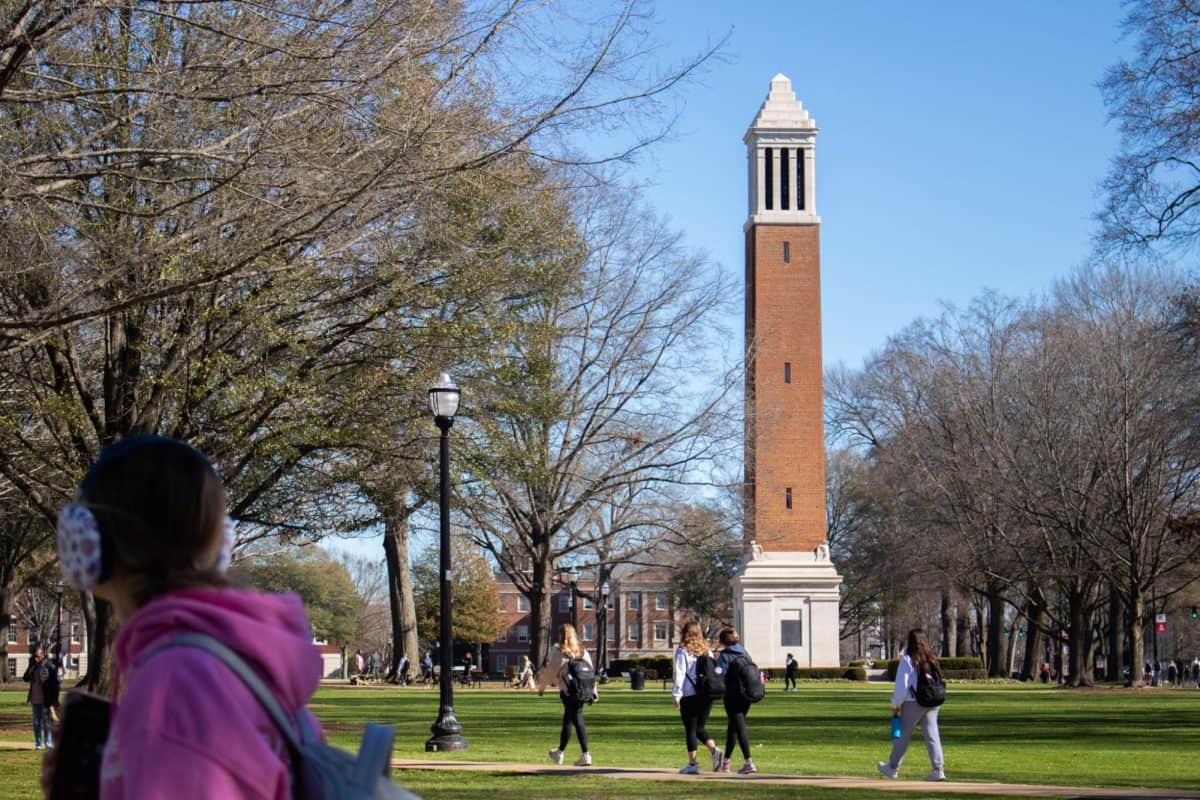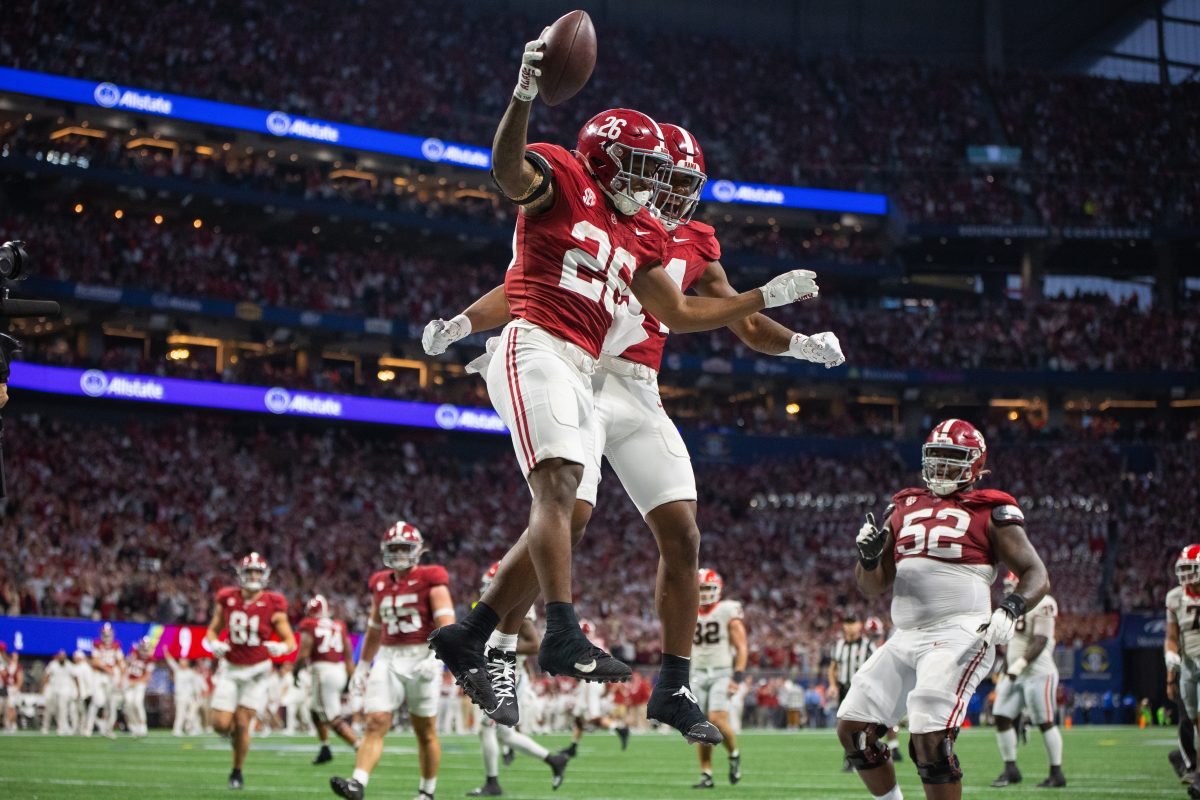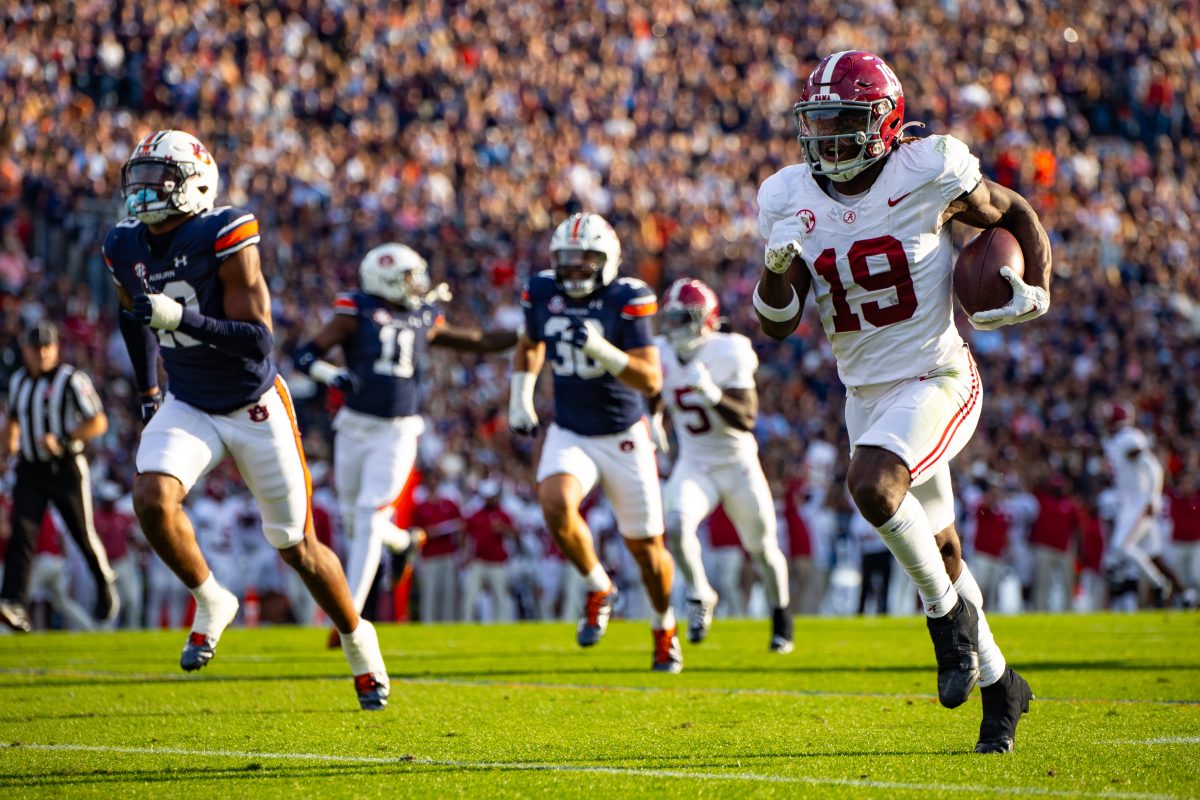On Tuesday, when Twitter blew up about a University of Alabama student getting hit by a car, the immediate reaction was worry and compassion.
But eventually, as the story spread, I witnessed unsurprised expressions. Just another student hit by a car? I heard countless personal anecdotes about a friend or a friend of a friend who had been hit (or nearly hit) by a car or bus.
Naturally, my sentiments go out to both skateboarder and driver. Car accidents of any sort are a traumatizing event. But nonetheless, on-campus car accidents, especially those involving pedestrians, are easily avoidable.
But before you shake your head, I’m not pointing fingers at pedestrian or driver. Car accidents are inevitable, especially with college students driving; my area of focus is not on them, but rather on our campus.
The street circling the quad is cut-off from non-University-operated traffic on three-fourths of its sides. But it’s the last side, University Boulevard, where my walk to class becomes the most time consuming and most dangerous. Areas on Hackberry Lane near Lakeside and Burke, as well as streets that pass Mallet and the Ferguson Center, are unnecessarily stuffy. Pedestrians face a risk, yet at the same time drivers must take into account the flow of human traffic as they go to and from class.
But if you think about it, our campus is maybe two miles wide. I’ll even give you 2.5 if you are trekking to Shelby. And most students’ starting points are in parking lots closest to their major buildings, making their walk even shorter. Each parking lot is reachable by roads that run along the outside border of campus (the Ferg parking lot and Paty are somewhat of an exception but those cars, belonging to residents of nearby dorms, stay there until the student needs to go off-campus).
I’m having trouble understanding the need for cars through our quad, in front of Tutwiler, past Morgan Hall or next to the sight of our most recent accident, Alston Hall. Limiting these roads to specific traffic would then force students to travel around the University, rather than through the University. Students would undoubtedly be safer.
But closing these roads has even more benefits than student safety; it would also improve our ailing transportation system.
When buses are forced to weave in and out of traffic infused with students, tourists and faculty, they are going to be inconsistently slowed down. If campus were instead completely closed off from all outside traffic, and only University-operated transportation was permitted to drive, the stops would be smoother and more formulaic.
But wait, it even goes full-circle: a more efficient transportation system would then lead to more people using the buses. Which would lead to less people feeling the need to drive through campus, limiting traffic and increasing safety.
It seems like a simple concept, and is definitely manageable. So what is preventing something like this from happening?
I don’t want to use the “L” word, but I am: Don’t be lazy. Walk to class, walk to the Ferg, walk to your dorm. And yes, it may be annoying to drive around the campus rather than through the campus, but with personal experience, I’ve learned it’s actually quicker because you’re avoiding pedestrians.
The University should now be proactive. I don’t know their current stance or the potential of creating a walking campus, but I what do know is that there is one more student in the hospital.
SoRelle Wyckoff is the opinions editor of The Crimson White.






